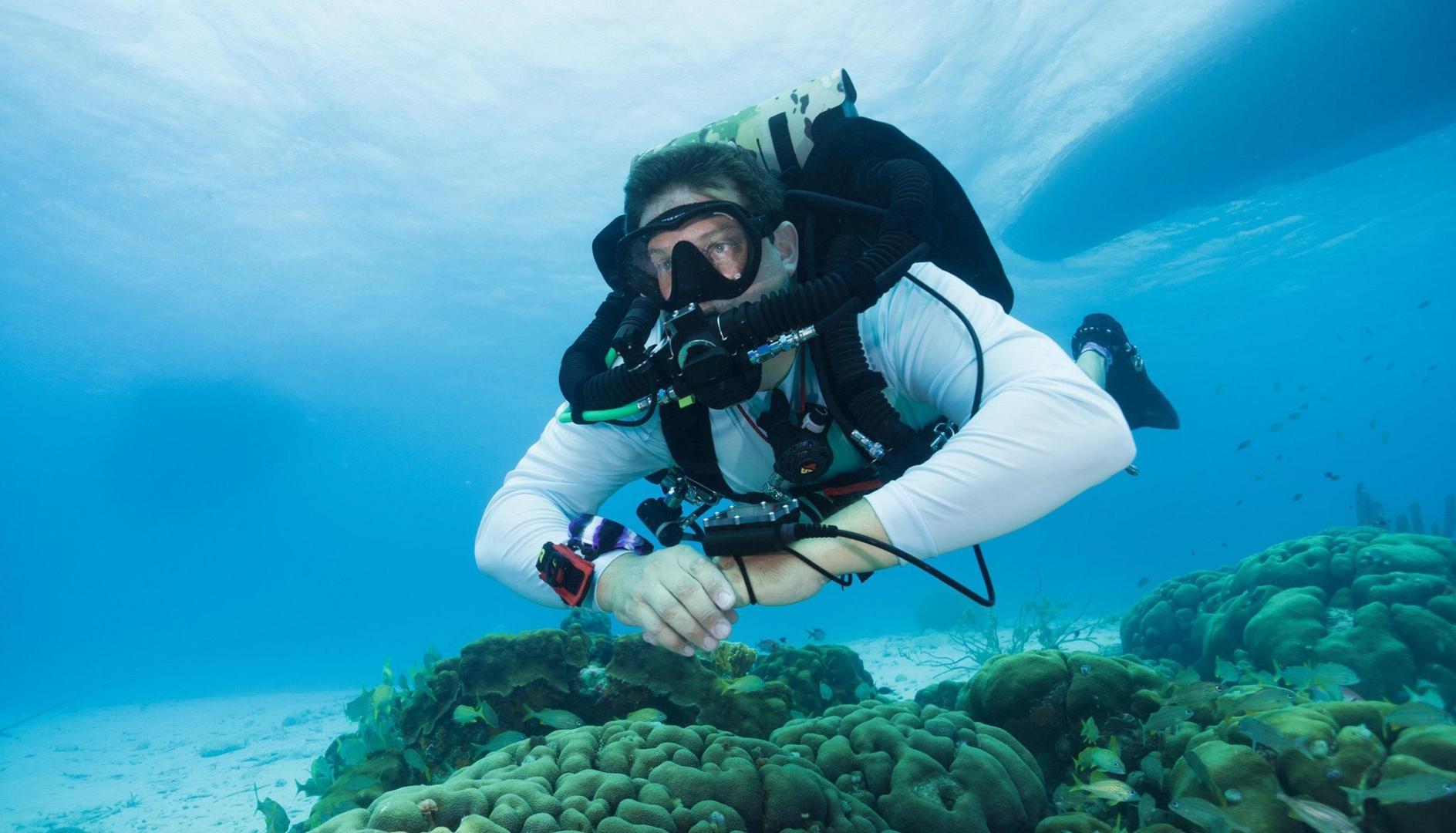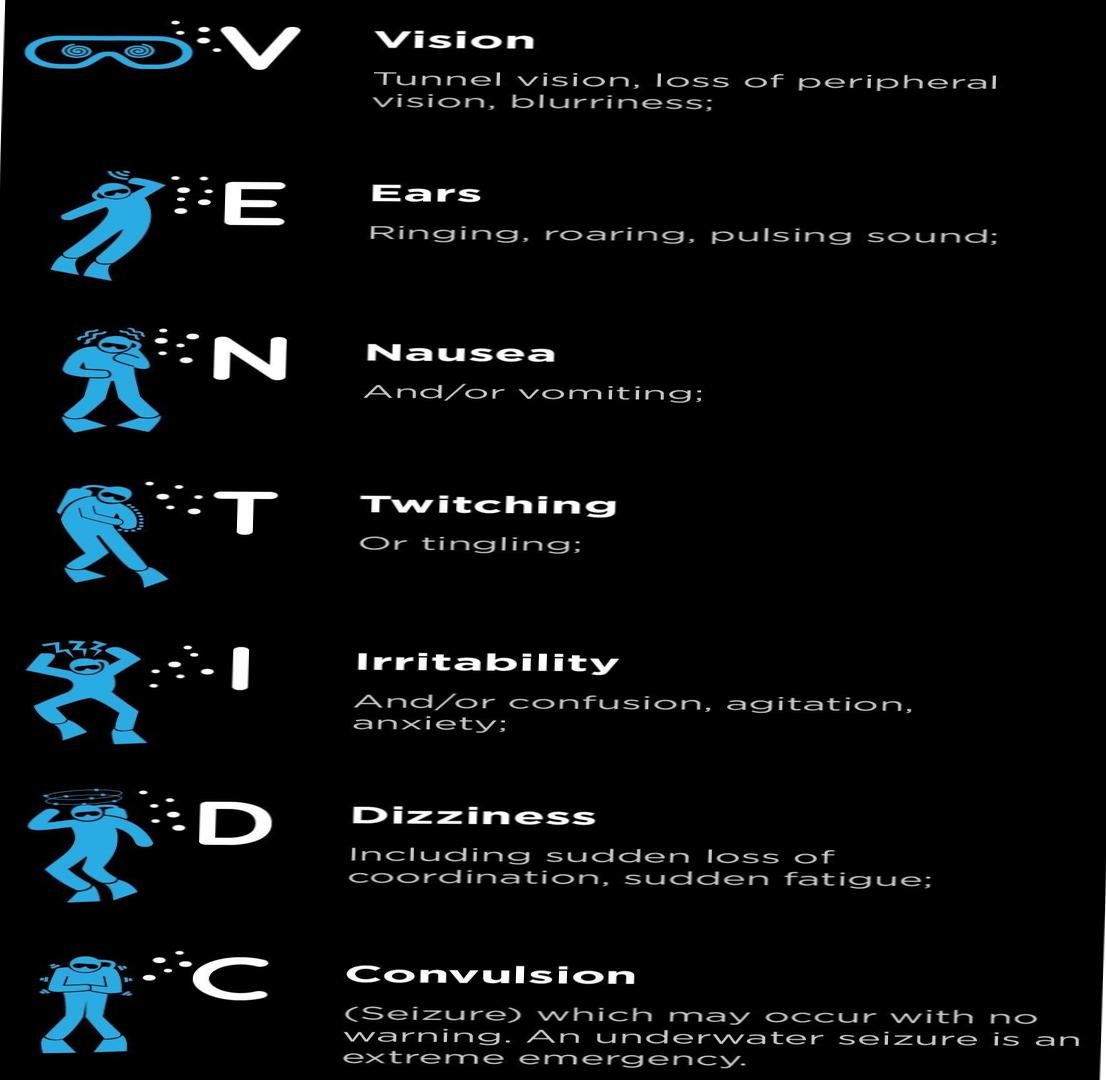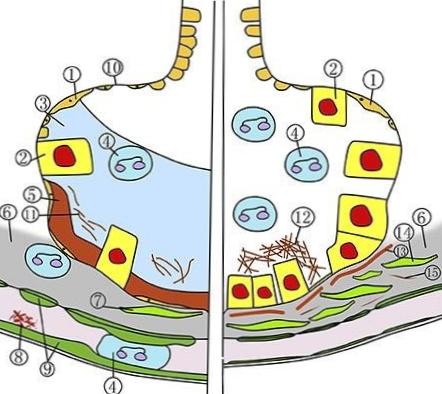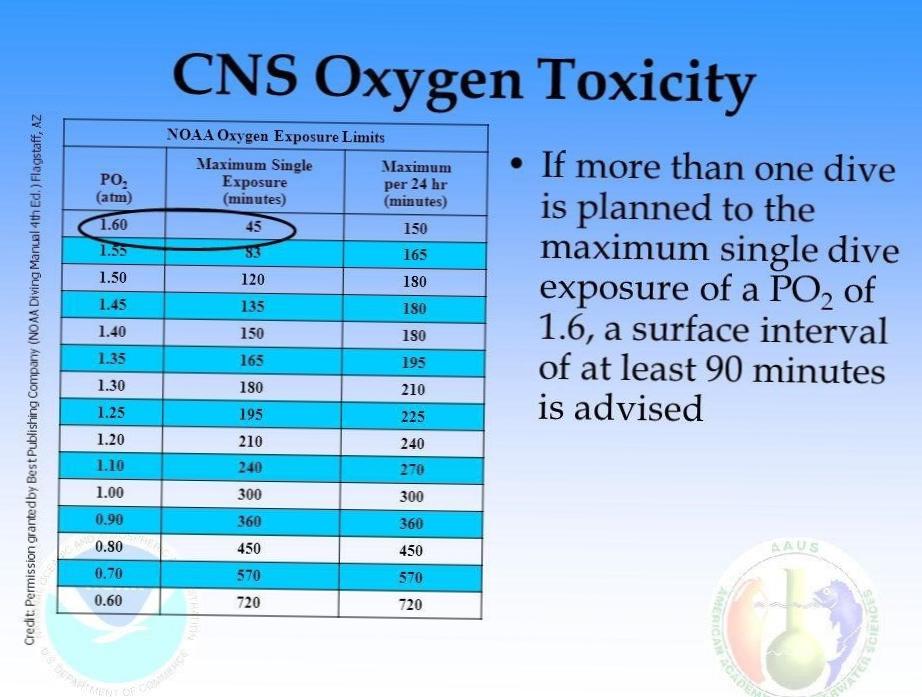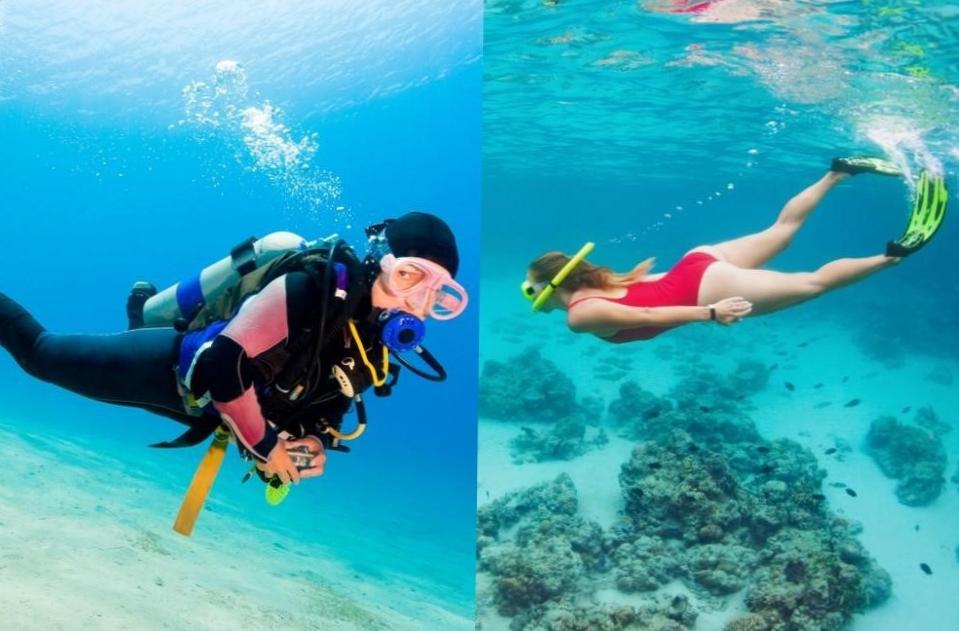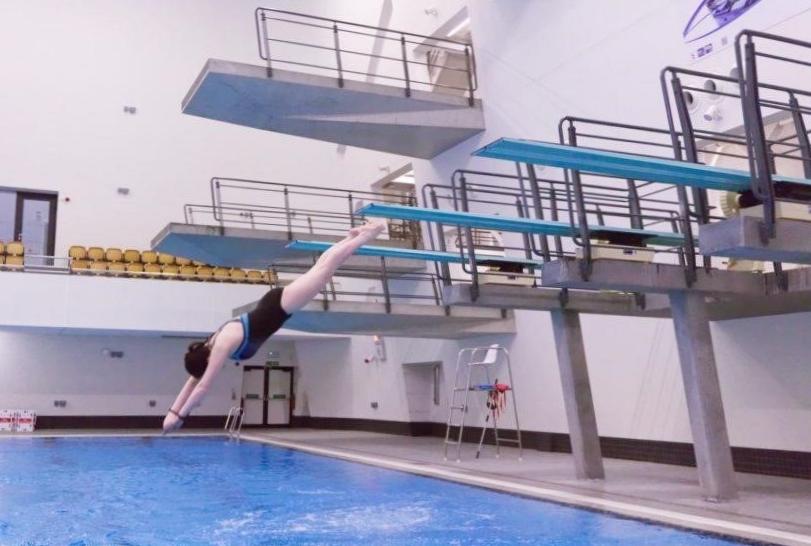Diving oxygen toxicity is a serious concern for divers of all levels. Understanding the risks associated with this condition and implementing effective prevention strategies is crucial.
Diving Oxygen Toxicity: Understanding the Risks and Prevention Strategies
Have you ever wondered about the impact of breathing pure oxygen while diving? In this article, we will delve into the fascinating world of diving oxygen toxicity. Oxygen toxicity is a condition that can occur when divers are exposed to high levels of oxygen for an extended period, potentially resulting in harmful effects on the body. While oxygen is essential for life, it can also be toxic at higher concentrations. Understanding the risks and knowing how to prevent oxygen toxicity is crucial for all divers, as it can significantly impact both safety and enjoyment while exploring the underwater world. So, let’s dive in and explore this important aspect of diving safety.
Diving Oxygen Toxicity: Understanding the Risks and Prevention Strategies
Imagine diving deep into the breathtaking underwater realm, surrounded by vibrant marine life. As exhilarating as this experience sounds, it is important to be aware of the potential dangers lurking in the depths. One such danger that divers must be knowledgeable about is oxygen toxicity. In simple terms, oxygen toxicity refers to the harmful effects of too much oxygen in the body. This condition can occur when divers breathe gases with higher oxygen concentrations than what their bodies are accustomed to, leading to various symptoms ranging from mild discomfort to life-threatening seizures.
Diving Oxygen Toxicity: Understanding the Risks and Prevention Strategies
Are you an avid diver or planning to explore the depths of the ocean? Then understanding the risks of diving oxygen toxicity is crucial for your safety. Oxygen toxicity occurs when you breathe in too much oxygen while diving, leading to potentially life-threatening consequences. Let’s take a closer look at the types of oxygen toxicity commonly encountered by divers and how to prevent them.
Firstly, there’s pulmonary oxygen toxicity, which affects the lungs. When exposed to a high partial pressure of oxygen, divers may experience symptoms such as chest pain, coughing, and difficulty breathing. In severe cases, it can lead to pulmonary edema or even acute respiratory distress syndrome. Regular monitoring of oxygen levels during dives, using a reliable oxygen analyzer, is essential to prevent this type of toxicity.
Another type of oxygen toxicity that divers should be aware of is central nervous system (CNS) toxicity. As oxygen levels increase in the body, divers may experience symptoms like dizziness, tunnel vision, seizures, or loss of consciousness. This can pose a significant risk, especially at depths where it’s challenging to swiftly reach the surface. Proper planning and adhering to safe diving practices, including dive time limits and decompression stops, can reduce the likelihood of CNS oxygen toxicity.
Lastly, it’s important to note that factors like individual susceptibility and exposure time play a role in the occurrence of oxygen toxicity. Certain individuals may be more prone to developing symptoms, while longer dives or repetitive exposures to elevated oxygen levels can increase the risk. Regular health check-ups and consulting with a diving medical professional can help identify any potential vulnerabilities and mitigate the risks.
In summary, understanding the types of oxygen toxicity commonly encountered by divers is vital to ensure a safe and enjoyable diving experience. By monitoring oxygen levels, following safe diving practices, and considering individual factors, we can reduce the risk of oxygen toxicity. So, before your next underwater adventure, make sure you are well-informed and prepared to keep yourself protected. Happy diving!
Diving Oxygen Toxicity: Understanding the Risks and Prevention Strategies
There’s no doubt that diving is an exhilarating experience, allowing us to explore the wonders of the underwater world. However, it’s important to be aware of the potential risks involved, one of which is diving oxygen toxicity. This condition can occur when a diver is exposed to high levels of pure oxygen for extended periods of time, leading to toxic effects on the body. Understanding the mechanisms behind diving oxygen toxicity is crucial in order to prevent and mitigate its harmful effects.
diving oxygen toxicity


